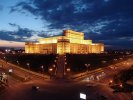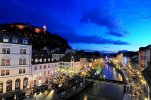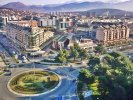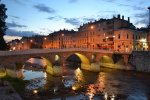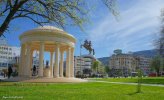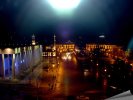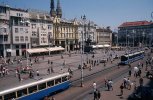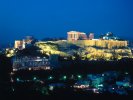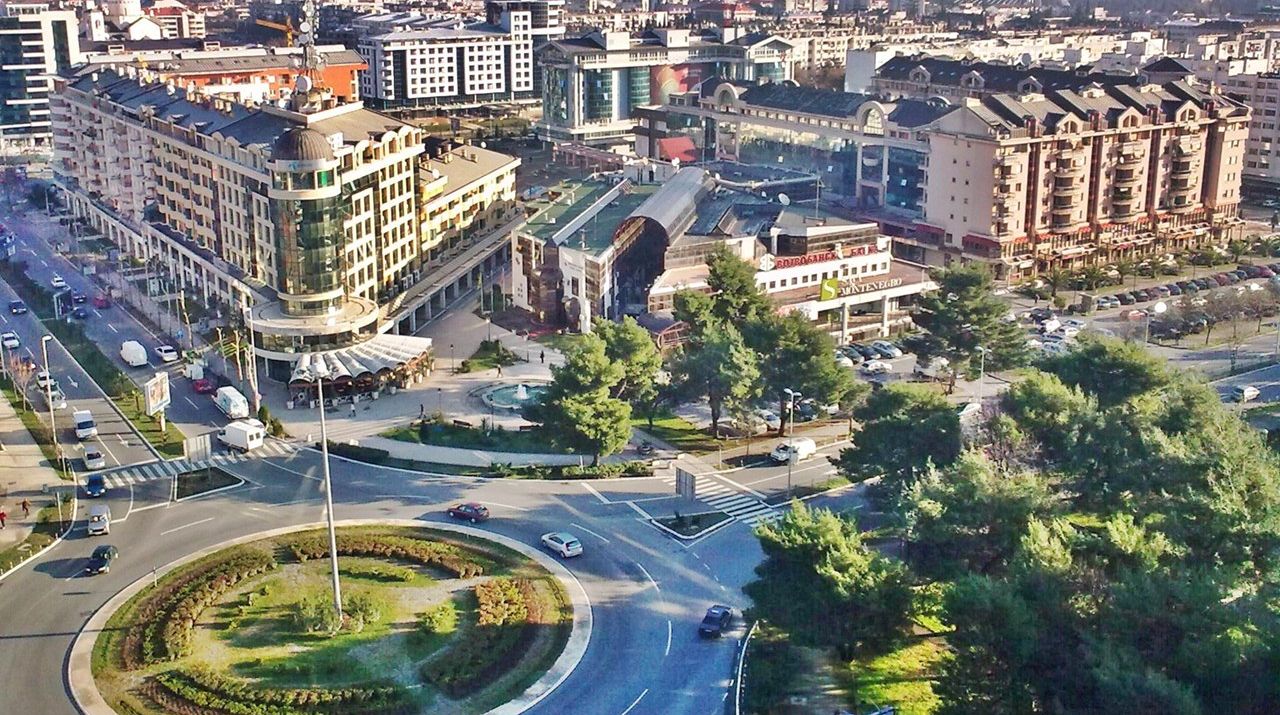
Podgorica - city whose rich and tumultuous history is reflected in its five names (Birziminium, Alata, Ribnica Podgorica and Titograd) that best describe all the steps that Montenegro took to become one of the most attractive countries on the Balkans today. Podgorica is not only the capital, but also political, economic and cultural center located in the southern part of Montenegro and the center of the municipality at the confluence of the Ribnica and Morača.
Settlement Podgorica is mentioned for the first time in 1326, in one document found in Kotor, but its origin is much older. The oldest inhabitants of this area now known as Montenegro were the Illyrian tribes - like in most parts of today's Balkan states. The former name of the town was Birziminium and it was located at the confluence of the Ribnica and Morača. In 09 AD, it was conquered by the Romans; the Illyrian tribes were marginalized and assimilated with the massive immigration of Slavs in the 5th and 6th century.
Some of the oldest remains belong to the Roman period, from which also originate the remains of the old city of Duklja. Duklja was mentioned in historical sources for the first time by Ptolemy in the 2nd century BC. He wrote that the city was located at the place of confluence the Zeta and Morača, about 3 km away of the present city of Podgorica. In fact it is considered that in this region were two Illyrian tribes before the arrival of the Romans - the Labeates and the Docleates - and that they directly influenced the formation of these two settlements. The Labeates inhabited the area from Skadar to Podgorica, while the Docleates were located in the valley of the Zeta River and their largest town was Duklja. These two tribes were different, because the first one had a very developed military organization of life and the second one was focused on the rapid economic growth thanks to the benefits of the conditions in which they lived.
At the time of the Roman Empire’s disintegration, in this region came the Slavs and Avars, whose interests were opposed to the Byzantines, which resulted in constant fighting and desolation of Duklja. From 602, there was no mention of Duklja as a living and active city. After the absolute settlement of the Slavs in 11th century, the city was named Ribnica after the eponymous river. This is the city where Stefan Nemanja was born. Later on the Slavic settlers founded the Principality of Duklja, which became independent from Byzantium in 1042, and soon became a kingdom expanding to the surrounding areas. Name Ribnica was in parallel usage with Podgorica up until 15th century. It should be mentioned that the name Podgorica has derived from the name of the Gorica hill in the northern part of the city - it was created by the peoples’ consciousness that the city was just under (Serb. “Pod -”) Gorica.
In the early medieval era the region was ruled by local families and the medieval Serbian state until the Ottomans occupied the region in 1499. However, as part of the Ottoman Empire, Montenegro remained relatively autonomous, as it was allowed to local noble families to rule their areas with little interference of Ottoman authorities. Nonetheless, the occupation was never accepted, which led to several uprisings. The Ottomans were finally defeated in the late 17th century. In 1878, by decision of the Berlin Congress, Podgorica was united with Montenegro. Under Peter I and Peter II Petrović - Njegoš, Montenegro finally unified and became a theocracy.
In 20th century, Nikola I greatly expanded and modernized the Principality - he gained recognition of independence from the Ottoman Empire in 1878. The Constitution was signed in 1905; the country became a kingdom and Cetinje the capital of Montenegro in 1910.
During the Balkan Wars in 1912 and 1913, Montenegro managed to overthrow the Ottomans completely in order to join Serbia in First World War. On November 26th 1918, National Assembly in Podgorica declared the union with Serbia and remained its part until 194,1 when the Nazis declared its independence. During this occasion the Assembly overthrew the Petrović dynasty, declared its property for the national good and proclaimed its union with Serbia and through it with the rest of the Serbs, Croats and Slovenes. The Assembly also chose the National Executive Committee to which sovereignty was handed over.
During Second World War, the active party organization of Podgorica was sending various materials and fighters in partisans, intercommunicating with the Albanian communists in Skadar and organizing frequent diversion near the town. 52 fighters from this area were declared the national heroes. Old Podgorica was destroyed by air bombardment. After the liberation of the Yugoslav partisans (18th of December 1944), on the contemporary urban grounds it was built a new city called Titograd (13th of July 1946). Podgorica changed its name in honor of the President Josip Broz Tito and Montenegro became a republic within the Socialist Federal Republic of Yugoslavia. During these years some of the most important institutions were established: the University "Veljko Vlahović" (in 1974), Montenegrin Academy of Sciences and Arts (in 1976), Historical, Agricultural and the Institute for Technical Research etc.
After the collapse of Yugoslavia in 1992, Montenegro was left alone with Serbia in the new Federal Republic of Yugoslavia. During the war 1991-1995, tensions between Serbia and Montenegro were still growing and in 1996, resulted in the replacement of dinars for the German mark and, later on, the euro. This Montenegro relieved from economic ties with Belgrade and created greater independence. The Federal Republic of Yugoslavia was replaced with community of Serbia and Montenegro in 2003, but this community was soon terminated peacefully and Montenegro gained independence on June 3rd 2006, with Podgorica as its capital.

